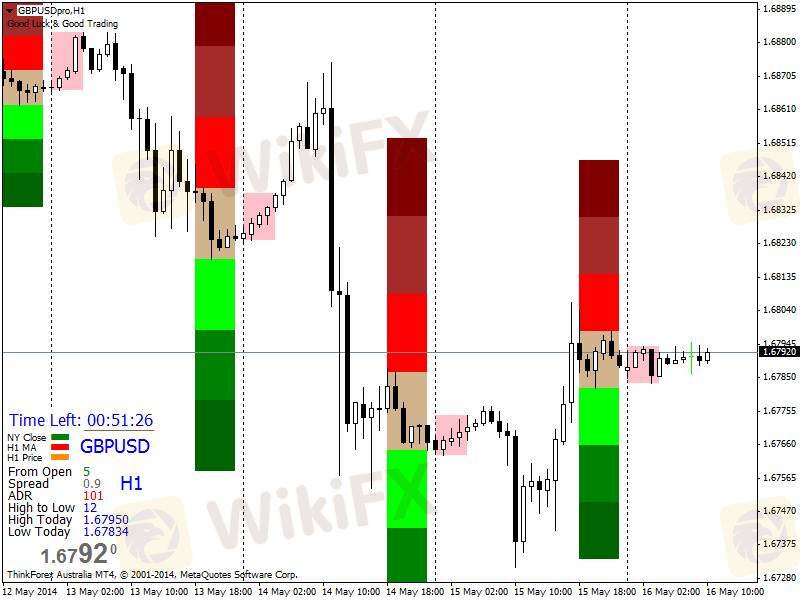2024-09-22 19:14
IndustryRoof trading
Roof Trading
Definition: Roof trading refers to a trading strategy where a trader buys or sells a security at a price level that is considered the "roof" or resistance level, anticipating a breakout or reversal.
Types:
1. Ceiling Trading (buying at resistance)
2. Floor Trading (selling at support)
Key Concepts:
1. Resistance Levels (roof)
2. Support Levels (floor)
3. Breakout Trading
4. Reversal Trading
Strategy:
1. Identify strong resistance/support levels
2. Wait for price to test the level
3. Enter trade on breakout/reversal confirmation
4. Set stop-loss and take-profit levels
Indicators:
1. Trend lines
2. Moving averages
3. RSI (Relative Strength Index)
4. Bollinger Bands
Benefits:
1. Potential for high returns
2. Clear risk management
3. Defined entry/exit points
Risks:
1. False breakouts
2. Reversal failures
3. Market volatility
Best Practices:
1. Use multiple time frames
2. Confirm with other indicators
3. Manage risk-reward ratio
4. Stay disciplined
Example:
Buy EUR/USD at 1.2000 (resistance roof)
Stop-loss: 1.1950
Take-profit: 1.2100
Like 0
Phong Hồng Lê
Trader
Hot content
Industry
Event-A comment a day,Keep rewards worthy up to$27
Industry
Nigeria Event Giveaway-Win₦5000 Mobilephone Credit
Industry
Nigeria Event Giveaway-Win ₦2500 MobilePhoneCredit
Industry
South Africa Event-Come&Win 240ZAR Phone Credit
Industry
Nigeria Event-Discuss Forex&Win2500NGN PhoneCredit
Industry
[Nigeria Event]Discuss&win 2500 Naira Phone Credit
Forum category

Platform

Exhibition

Agent

Recruitment

EA

Industry

Market

Index
Roof trading
 | 2024-09-22 19:14
| 2024-09-22 19:14Roof Trading
Definition: Roof trading refers to a trading strategy where a trader buys or sells a security at a price level that is considered the "roof" or resistance level, anticipating a breakout or reversal.
Types:
1. Ceiling Trading (buying at resistance)
2. Floor Trading (selling at support)
Key Concepts:
1. Resistance Levels (roof)
2. Support Levels (floor)
3. Breakout Trading
4. Reversal Trading
Strategy:
1. Identify strong resistance/support levels
2. Wait for price to test the level
3. Enter trade on breakout/reversal confirmation
4. Set stop-loss and take-profit levels
Indicators:
1. Trend lines
2. Moving averages
3. RSI (Relative Strength Index)
4. Bollinger Bands
Benefits:
1. Potential for high returns
2. Clear risk management
3. Defined entry/exit points
Risks:
1. False breakouts
2. Reversal failures
3. Market volatility
Best Practices:
1. Use multiple time frames
2. Confirm with other indicators
3. Manage risk-reward ratio
4. Stay disciplined
Example:
Buy EUR/USD at 1.2000 (resistance roof)
Stop-loss: 1.1950
Take-profit: 1.2100
Like 0
I want to comment, too
Submit
0Comments

There is no comment yet. Make the first one.

Submit
There is no comment yet. Make the first one.